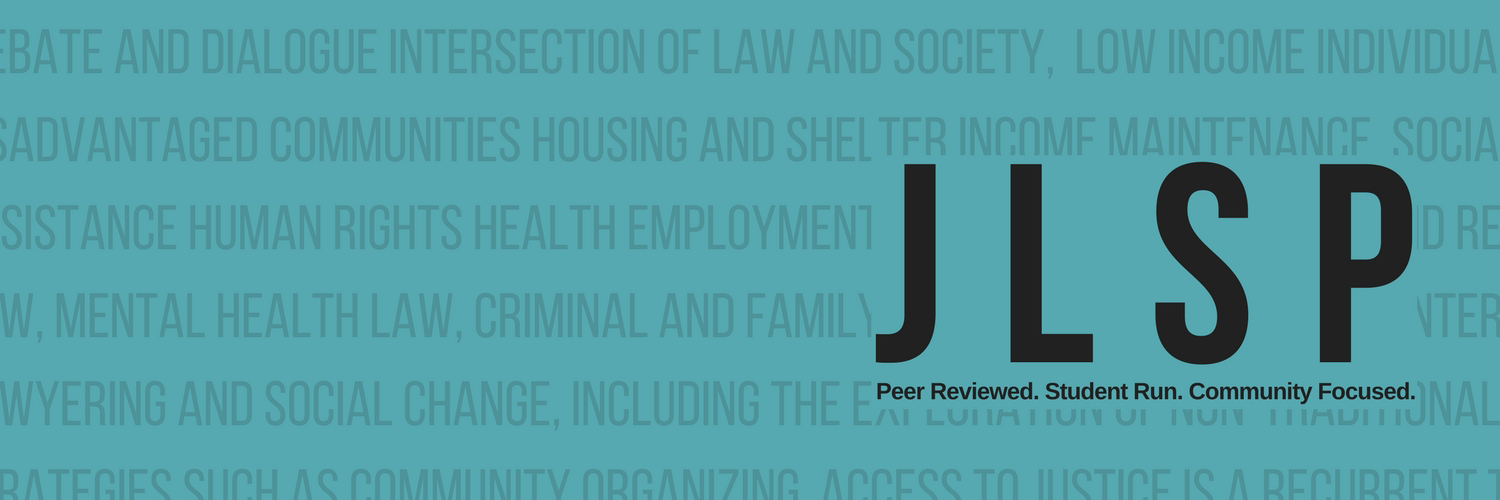
Publication Date
9-7-2009
Document Type
Voices and Perspectives
English Abstract
When Carolyn King was the Chief, the Mississaugas of the New Credit First Nation were in the middle of an almost twenty-five year negotiation of what would be one of the largest specific land claim settlements in Canada’s history. In 1986, the Mississaugas launched a land claim, alleging that the Crown did not comply with the original terms of the Toronto Purchase, taking more land and paying less money than had been agreed upon 200 years earlier. In 2010, Canada agreed to settle for $145 million, deeming lands covering much of Toronto, Burlington Bay, and the Toronto Islands as “traditional territory.” But the traditional territory in fact covers a much larger swath of Southwestern Ontario, including the municipalities now known as Hamilton, Kitchener, Brantford, Caledonia, Hagersville, Mississauga, and Toronto. Southwestern Ontario, Canada’s economic driver, is the most emblematic example of the transformative power of colonization on a landscape in Canada. Thus, it is in the Greater Toronto Area (GTA) where Carolyn King focuses much of her work of making visible the vital and continuing presence of Indigenous peoples.
Carolyn served as the first female Chief of the Mississaugas of the New Credit First Nation from 1997-1999. She has been dedicated to First Nations community development for over twenty-five years as a consultant, teacher, researcher, and planner. She is also a leader and innovator in the area of Indigenous land use planning and is the co-executive director of the Shared Path Consultation Initiative, an organization that focuses on the “intersection of urban planning processes and Aboriginal and treaty rights within Ontario.”
On 30 January 2017, I met with Carolyn to discuss her perspectives on the work to be done to bridge the divide between Indigenous and settler notions of land use planning. The following is a reflection on our conversation of how planning engages and intersects with themes of racialization, access, Indigenous law, and technology. Transcribed segments of our interview are placed in conversation with perspectives from academics from both Indigenous and settler paradigms, and then are supplemented with my own reflections. My aim is not to draw any conclusions or make recommendations for better bridging the divide between Indigenous and settler understandings of land use, but rather to provide an introduction and pose questions related to some of Carolyn’s views.
Citation Information
Weinberger, Sarah.
"Shared Path: Bridging Indigenous and Settler Notions of Urban Planning: An Annotated Interview with Carolyn King."
Journal of Law and Social Policy
27.
(2017): 183-191.
DOI: https://doi.org/10.60082/0829-3929.1271
https://digitalcommons.osgoode.yorku.ca/jlsp/vol27/iss1/9

